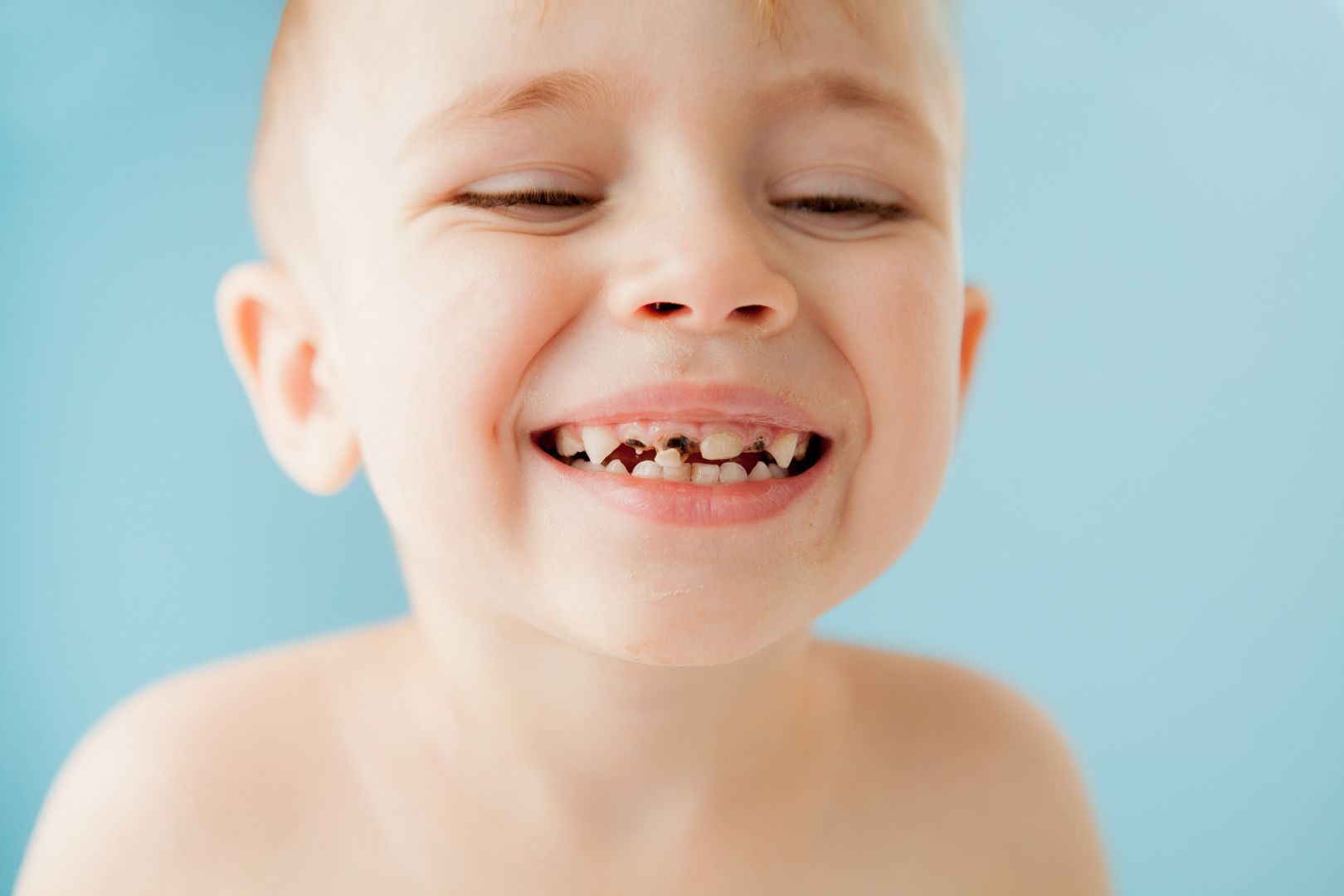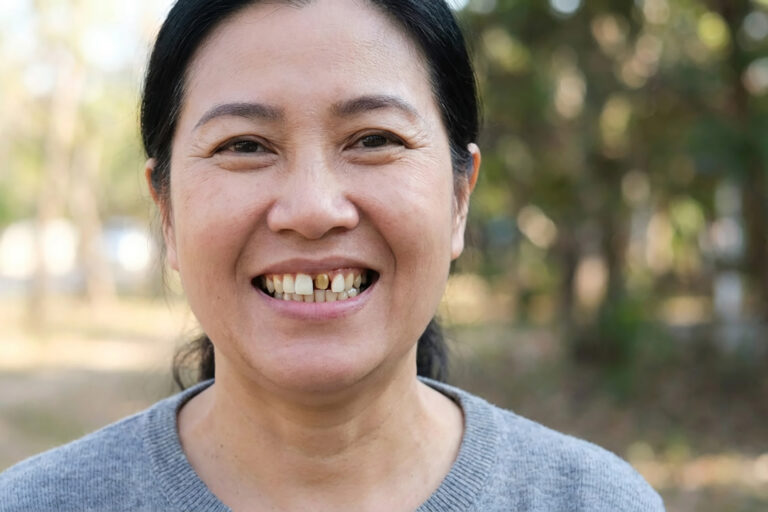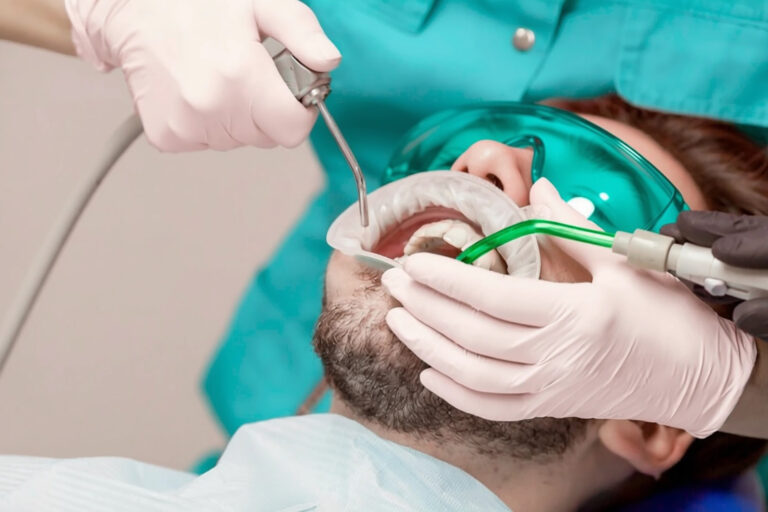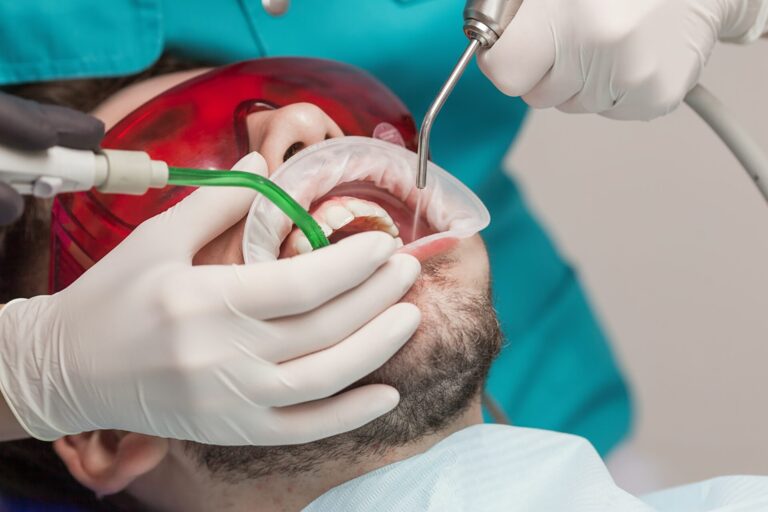Introduction
Tooth decay, also known as dental caries, remains one of the most prevalent chronic diseases affecting children worldwide. It’s important to understand what causes it and how to tackle it to reduce its prevalence. In fact, despite modern technology, there has been a noticeable increase in the prevalence of childhood caries, particularly in developing countries and certain demographic groups within developed nations. This includes Singapore, where tooth decay has seen an upward trend, reflecting a pattern observed in many urban areas across Asia. Tooth decay is not just a matter of dental health. It affects a child’s overall well-being, nutrition, speech development, and self-esteem.
Understanding the Causes of Tooth Decay in Children
To effectively address the problem of this rising treand, it is essential to understand what causes tooth decay in children. However, there is no simple solution. Tooth decay is a complex interplay of biological, behavioural, and environmental factors. The primary cause of tooth decay is the action of cariogenic bacteria, particularly Streptococcus mutans, which metabolise dietary sugars to produce acid. This acid erodes tooth enamel, leading to demineralisation and cavity formation.
Diet is another leading cause of tooth decay. Frequent consumption of sugary and starchy foods provides a substrate for bacterial fermentation, increasing the risk of tooth decay. The modern diet, often high in refined sugars and processed carbohydrates, contributes significantly to the prevalence of childhood caries.

It’s not just what your child eats, it’s also their oral hygiene. Inadequate or improper tooth brushing and flossing allow plaque accumulation, creating an environment conducive to bacterial growth and acid production. Similarly, insufficient fluoride intake, whether through water fluoridation, toothpaste, or professional applications, reduces the tooth’s ability to resist acid attacks and remineralise early carious lesions.
Sometimes, factors outside of your child’s control are involved. Some children may have a genetic predisposition to weaker enamel or decreased salivary flow, making them more susceptible to tooth decay. Socioeconomic factors are also involved. Children from lower-income families often have limited access to dental care, nutritious food, and oral health education, increasing their risk of developing tooth decay.
Understanding these factors is crucial for developing targeted prevention and treatment strategies to effectively combat tooth decay in children.
Strategies to Stop Tooth Decay in Children
Preventing tooth decay in children requires a multifaceted approach involving dental professionals, parents, and caregivers. Here are a few evidence-based strategies on how to stop tooth decay in children:
Early Dental Visits
Early visits can help dentists catch problems before they arise. Ideally, the first visit should be by their first birthday or within six months of the first tooth eruption. Regular check-ups allow for early detection and intervention of dental caries.
Oral Hygiene Education
A child won’t brush their teeth properly unless they understand why it matters. It’s not enough to ‘educate’. That education needs to be tailored to the child’s age and development stage.

Dietary Counselling
It’s important that your child receives guidance on how to reduce sugar intake and is encouraged to eat a balanced diet. This can come from the parents or a dentist. It’s also important to lead by example: show that water is the primary beverage and limit sugary snacks between meals.
Fluoride Usage
Fluoride is an essential part of preventing tooth decay. A dentist can help with this during regular visits. Still, it also might be worth speaking with them about what fluoride supplements your child might need, especially if your family lives overseas in countries without water fluoridation. Singapore’s compulsory fluoridation of the water makes tooth decay in children in Singapore rarer, but that doesn’t mean that more can’t be done.
Treatment Approaches for Children with Tooth Decay
When prevention efforts are insufficient and tooth decay develops, prompt and appropriate treatment is essential to restore oral health and prevent further complications. Treatment approaches should be tailored to the child’s age, extent of decay, and cooperation level:
- Minimally Invasive Techniques: For early-stage caries, non-invasive or minimally invasive treatments such as fluoride varnish applications, silver diamine fluoride, or resin infiltration can arrest and potentially reverse the decay process.
- Restorative Procedures: Traditional restorative procedures like fillings or crowns may be necessary for more advanced decay. Your dentist will pick the appropriate materials based on the location of the decay and the child’s age.
- Pulp Therapy: In cases of deep caries approaching or involving the pulp, pulp therapy techniques such as pulpotomy or pulpectomy may be required to preserve the affected tooth.
- Extractions: In severe cases where restoration is not feasible, extraction may be necessary, followed by appropriate space maintenance to prevent orthodontic complications. Your dentist will also handle this with care to ensure your child doesn’t start to develop negative associations with the dentist.
- Follow-Up Care: Your dentist will establish a comprehensive follow-up plan to monitor treated teeth, reinforce preventive measures, and address any recurring issues promptly.

Even with all the technology we have at our disposal, tooth decay remains a problem for children worldwide. By understanding the multifactorial nature of this condition, we can come closer to prevention. The best thing you can do is ensure that your child regularly visits the dentist, as that is the best place for detecting early signs of decay. That’s why the dentist’s role goes beyond clinical treatment to include education, advocacy, and collaboration with other healthcare providers and community stakeholders.







